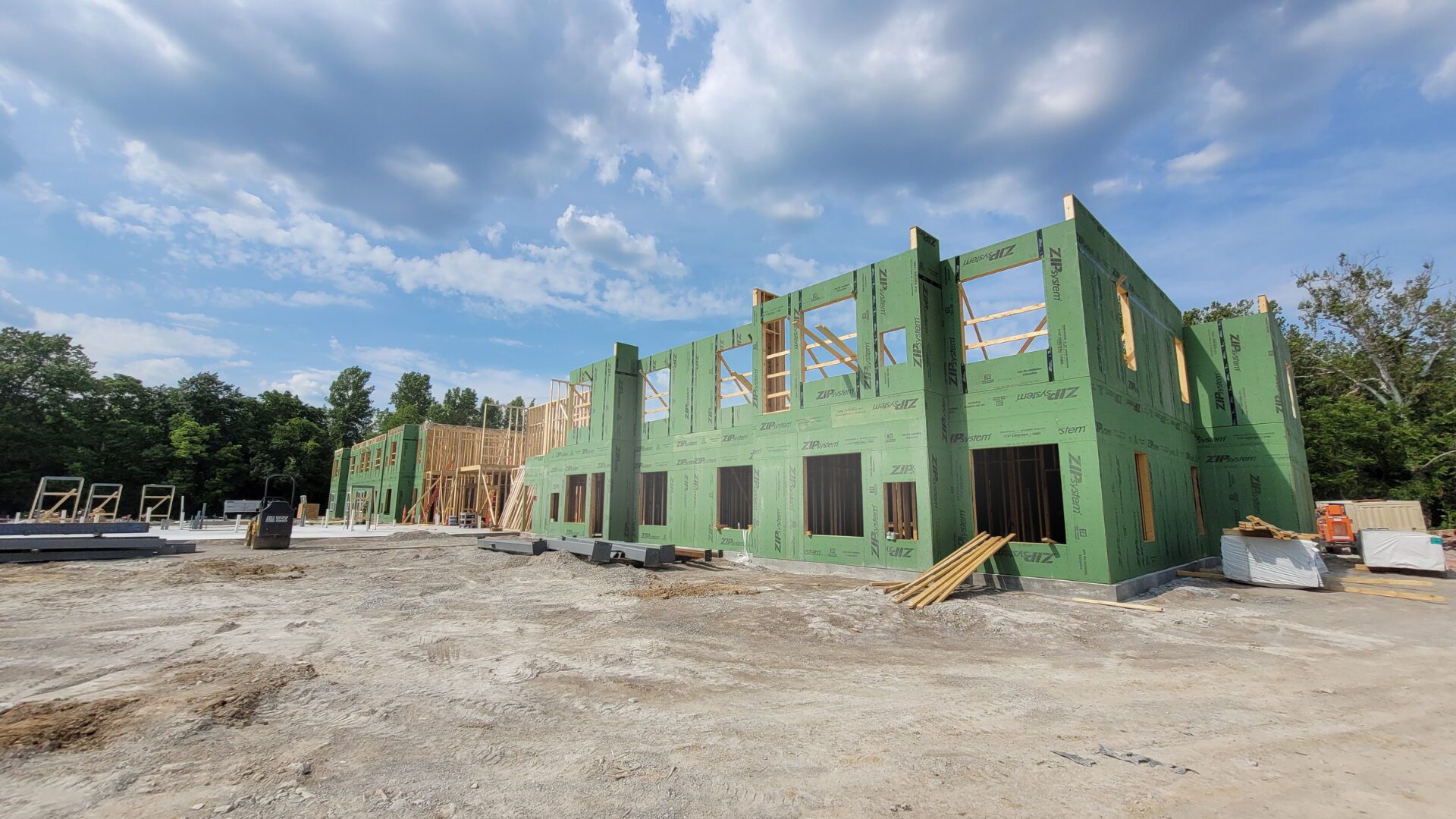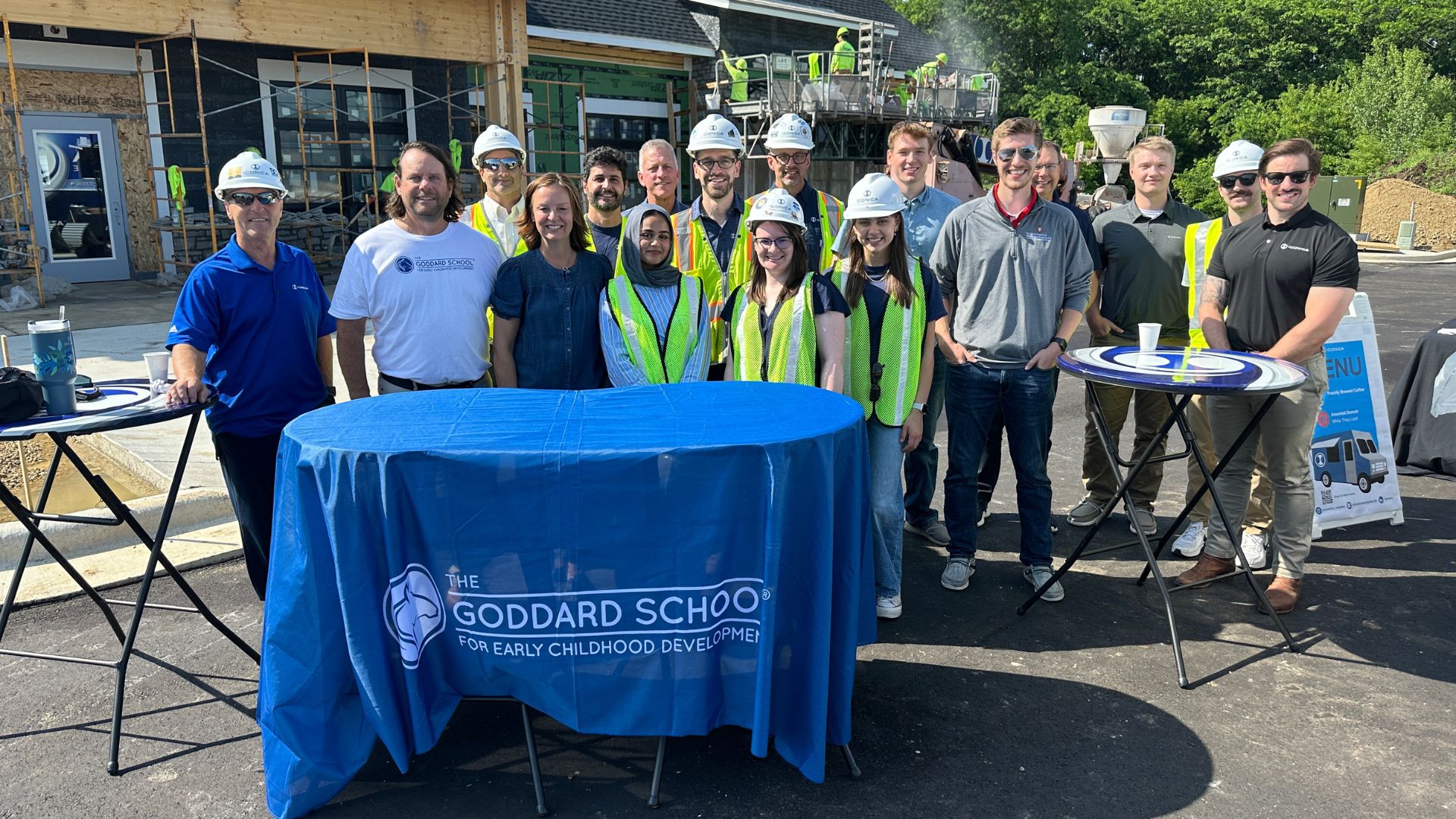This year, Iconica sent architect Abby Linley to the AIA Women’s Leadership Summit in Atlanta,…
Construction Labor Shortage: Why is it happening, and how do we fix it?
LYou may have heard the grumblings throughout the construction industry about the difficulty in finding skilled laborers – from design all the way through construction – and the issues that this shortage causes. Challenges that have dramatically increased following the recent recession such as missed deadlines, lower quality workmanship, and increased errors are now forcing us to reevaluate the approaches that we take in hiring our own talent, selecting subcontractors, and completing projects in general.
This is not a new topic. It’s been in the news for many months and we expect to see its impact for many more. So, how did we get here – and how do we escape?
The Crash
In the early days of the great recession, thousands and thousands of construction industry employees lost their jobs. Across the board, architects, engineers, project managers, field supervisors, and skilled tradesmen were laid off. As the recovery stalled, many were forced to find new options and reinvent their lives. For senior skilled laborers, concerns of “aging out” of the profession, a topic continually debated, led many to retire. Not knowing how long it would take for the economy, and more specifically, the industry, to get back on track, other industry professionals also retired early, or launched entirely different careers.
Construction company owners took critical, and sometimes fatal blows to their bottom lines. As work continued to be scarce, they found themselves faced with additional staff cuts and critical decisions of whether to lay off highly-salaried seasoned veterans or lower-paid younger employees with vast potential. Staffs and processes became necessarily lean.
The Rebound and Resulting Shortage
With the improving economy, construction project numbers and values began to rise, and the labor force became increasingly stretched. Senior employees were charged with additional project work and increased management duties, not to mention responsibilities for training and mentoring new staff. Many contractors, attempting to recoup recent losses, overpromised, but then missed completion dates, forcing building owners to accept later move-in dates. In addition, mistakes from the overworked and inexperienced led to costly changes and sometimes injury.
Today, both design and construction company owners are scrambling constantly to find qualified staff while managing both field and office operations. They know the difficulty of quality labor, and the risks of being overextended, but they see an opportunity to recoup past losses, so they keep promising while pushing their workers harder.
The senior and experienced workers that remain are being overtaxed and overwhelmed. They are pressured into working longer hours, including nights and weekends, usually for the same pay. The tipping point will come when the abundance of work is no longer worth the stress inflicted by supervisors and owners. Some may choose to walk away.
 Solutions
Solutions
Rebuilding qualified design and construction teams takes time. Generally speaking, engineers and architects prefer stability, so after being forced to find new careers, many stay put. And while many entry-level and mid-level construction laborers returned to the industry once the economy improved, most seniors did not. Many felt too wounded, even traumatized, to want to return when things improved. Gone with them are the professional skills and expertise that one can only get from years of training and on-the-job problem solving.
Throughout the construction industry, steps are being taken to address this qualified labor shortage problem. Companies are investing in on-the-job training and improved mentoring. Trade organizations are supporting technical training programs, job fairs and other educational programs to get potential workers interested in construction careers.
At Iconica, we have developed our own strategy. Two tenets guide us: Focus on Relationship-Building, and Investment in Education.
Relationships are paramount— we rely heavily on them. We have long recognized the importance of not just client relationships, but also those with our subcontractors. We are not a firm that blindly accepts the lowest bid. As a build firm, if something goes wrong, the cost to fix it comes out of our pocket. Before we invite new contractors to bid on our projects, we get to know what their work ethic is like, where they’re sourcing their labor, and their capacity in terms of both size and quantity of projects. When challenges arise, we collaborate to find a workable solution.
“We strive for long-term relationships with our contractors. They understand our quality and schedule expectations. They know how we work; we know how they work; and that allows us to deliver a top quality project to our clients. We don’t go out and blindly hire people we don’t know.” —Jeff Hyland, Construction Manager; Iconica
Part of maintaining healthy and long relationships is honesty. Hyland recommends a dose of reality and cautions subcontractors not to bite off more than they can chew:
“If everybody would commit to taking on only the work that they can perform at a high level from a quality standpoint, that would help correct what we’re seeing in the market. Over time, the younger guys will gain experience, and we will build that knowledge base back up.” —J. Hyland
Training is a non-negotiable investment— as an integrated build company, we do things differently. Our process is circular: Planning, action, feedback, cooperation, and revision. We all work together in one office— the designers and construction folks, side by side, collaborating together to provide the most optimum result for the client. So, we must educate people on our process as well.
“We need to reach out to the young talent; the engineers/designers and construction management students that are finishing school or just out of school. Get them on board and teach them the Iconica approach to Integrated Build. This would mean stretching the manager role to role of teacher as well, but it would help remedy the situation, and create a workforce that is willing to be more cooperative in the design-build environment.” — David McKnight, COO, Iconica
As in any industry, there is always the issue of turnover. Some is inevitable, while some may be remedied:
“Some of the turnover we see is due to the mindset of many builders being accustomed to doing their work and walking away…but we work together continuously. Some of these people complain that they feel micro-managed, but if they were trained in the cooperative group process from the get-go, they would not feel this way, and would stick around.”— D. McKnight
The Good News
With the economy, and specifically construction, improving the last few years, unique and challenging (therefore fulfilling) projects are more abundant. Students and young workers are recognizing the value in design and construction careers and are beginning to plan accordingly. Our collective investment in training is paying off and we are starting to see glimmers of a stronger labor force. We are emerging from the darkness. Let’s just remember, that the road is long, and it is not the rabbit, but the slow and steady turtle that wins the race.


